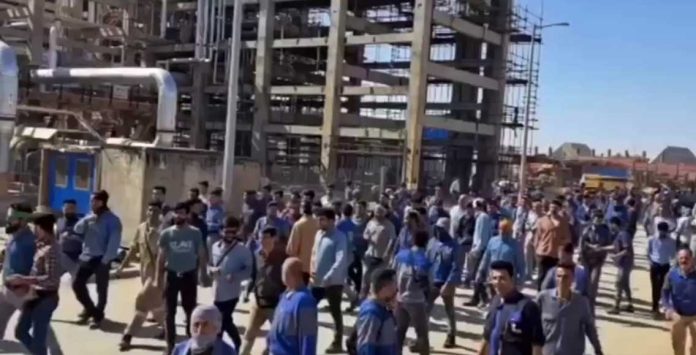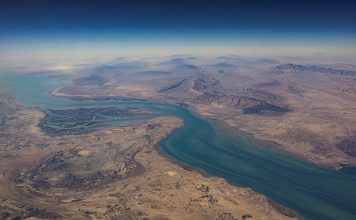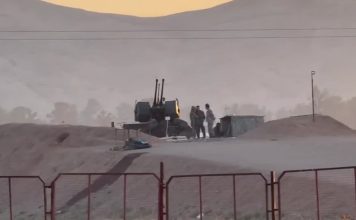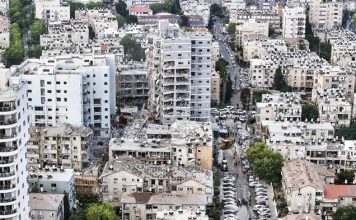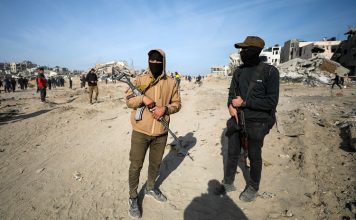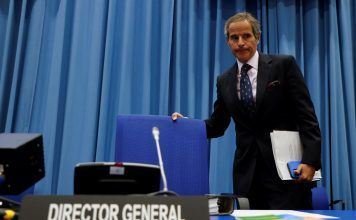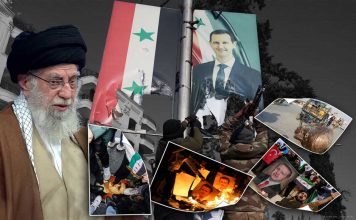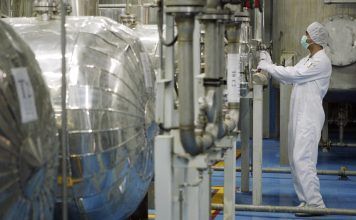By Ahmad Rafat
A new wave of protests and strikes by various trade unions and guilds has spread throughout Iran in the past few weeks. This wave differs in many important respects from the demonstrations that swept the country in September 2022 under the ‘Woman, Life, Freedom’ slogan, and could pose a serious threat to the Islamic Republic.
Nurses, pensioners, workers, and full-time employees of the oil, gas, and petrochemical industries have marched across the country recently, demanding their rights, back pay, wage increases, job benefits, and better working conditions.
To be sure, pensioners, many of whom have been pushed into poverty by the unfulfilled promises of President Ebrahim Raisi and his government, have been protesting for months in cities across the country. Yet other workers, such as the full-time employees of the Aghajari Oil and Gas Production Company (AOGPC), also known as the Aghajari Oil and Gas Exploitation Company, in the southwestern province of Khuzestan, have only gone on strike in recent days.
And the strike by workers in Aghajari is not an isolated case. Some full-time employees of the Iranian Oil Ministry in the south protested in the Khuzestan capital, Ahvaz, demanding their rights guaranteed under the law.
Full-time employees of the Iranian Oil Ministry working on the Sirri and Khark (Kharg) islands in the Persian Gulf held similar protests recently. All the striking oil industry employees have the same demands, i.e., “elimination of salary cap and retirement age limit, and the return of excess tax deductions.”
The Iranian oil industry is the principal source of revenue for the Islamic Republic, and therefore, protests and strikes in this sector paralyze one of the state’s economic arms.
All previous protests and strikes were staged not by the full-time employees in the oil industry but by workers with short-term contracts whom private contractors, not the government, hire.
The new wave of protests and strikes could seriously threaten President Ebrahim Raisi’s government. While there is no sign of coordinated and widespread protests in the oil, gas, and petrochemical industry, any protest in the energy sector would alarm the Islamic Republic.
Following the widespread unrest in 2022, trade unions, guilds, and labor activists realized the need for a cohesive nationwide movement and have been working towards achieving that goal ever since.
Lack of solidarity between various trade unions and guilds and the government’s efforts to separate workers’ protests from political demonstrations and civil unrest have so far to some extent prevented a nationwide movement.
Meanwhile, under pressure from the state, domestic media outlets are forced to limit the coverage of their protests.
Wage earners and pensioners’ primary demand is a pay increase, which is usually way below the runaway inflation in the Islamic Republic.
The government must find the money to meet these pay increases, passed by the lawmakers and ratified in previous years, and pay unpaid salaries and wages.
However, the government’s annual revenue has dropped significantly in recent years. While consecutive governments have failed to manage Iran’s economy, institutionalized corruption within the Islamic Republic regime has misappropriated a large segment of the country’s resources.
Raisi and his government have not fulfilled their campaign promise of reducing inflation since coming to power. Inflation and prices of goods have continued to increase at an alarming rate in the past two years.
The current president’s economic team has continued the failed policies of previous governments, deepening the economic crisis by exacerbating the country’s problems.
Raisi’s government cannot implement any plans, such as the distribution of coupons, to tackle the rising cost of food products. A day laborer in Iran earns around 165 euros ($178) monthly.
According to the Majlis (Iranian Parliament) Research Center, an average household in Tehran needs 453 euros ($488) a month to make ends meet.
Annual rises in wages have continually fallen short of the rapidly increasing inflation rate, devaluing people’s incomes, and forcing more households below the poverty line every month.
Recent data shows that the income for workers earning minimum wage and pensioners receiving welfare covers their cost of living for one week only, leaving many households without money for the remaining three weeks.
Government employees are not better off than workers on the minimum wage. Their salaries do not cover their monthly expenses, forcing many to live below the poverty line.
The situation has sparked protests by employees in various sectors of the government in recent weeks, including city halls and among medical personnel. Workers in county and municipal government departments of large and small cities have also protested recently.
The first-ever strike by some military and the Islamic Revolutionary Guards Corps (IRGC) pensioners in western provinces has caused widespread concerns among the Islamic Republic establishment.
Hossein Raghfar, an economist living in Iran, believes the widespread protests stem from “families’ inability to afford life’s essentials,” warning that “the situation will get worse in the future.”
Farshad Momeni, a professor of economics at the Allameh Tabatabaei University in Tehran, says the decreasing consumers buying power poses “a serious problem,” which “could have dire consequences.”
Citing government reports, Momeni notes that “one out of three Iranians live in absolute poverty,” adding that in the past three years, “the number of people living in poverty has doubled in Iran.”
While the protests by trade unions and guilds have always revolved around demands for better pay and work conditions, the protesters have been shouting political slogans in recent years, such as “death to Khamenei” and “death to Raisi.”
The radicalization of protesters and their slogans stem from Ebrahim Raisi’s government’s incompetence, which is part of the Islamic Republic regime’s broader failure to meet the rightful demands of protesters concerned with their livelihood.
Like the previous governments, the current cabinet is unable and unwilling to improve the conditions and meet the protesters’ demands. Protesters’ belief that rampant and endemic corruption within the regime is at the root of the economic hardship they have endured comes through the slogan “one less embezzlement would solve our problem.”
Of all the slogans shouted by the protesting workers across the country, ‘Woman, Life, Freedom’’ is the one that has put the greatest fear in the heart of the Islamic Republic regime.
A speaker at a gathering of retirees in Ahvaz started their speech with the phrase “in the name of the God of Rangin Kaman (rainbow),” a reference to Kian Pirfalak, a nine-year-old boy who last year was shot and killed by security police in Izeh, in the southwestern province of Khuzestan.
The person continued their address with the words “God of Khodanur Lojei,” a reference to Khodanur Lojei, a 27-year-old man who lost his life during the protests in the southeastern province of Sistan and Baluchestan on Oct. 2, 2022.
The speaker then remembered “God of Armita Geravand and Mahsa (Zhina) Amini,” both victims of mandatory hijab.
Mahsa (Zhina) Amini, a 22-year-old Iranian woman accused of wearing “improper hijab,” lost her life on Sept. 16, 2022, while in the custody of the Morality Police in Tehran. Her death sparked a nationwide protest that became a global movement with the slogan ‘Woman, Life, Freedom.’
Armita Geravand, a 17-year-old girl, reportedly suffered brain damage at the hands of the Morality Police while on Tehran Metro on Oct. 1. She fell into a coma because of her injuries and died on Oct. 28 in an army hospital.
In an unprecedented move, 122 trade unions of construction workers released a joint statement that could be a serious attempt at organizing a nationwide workers’ protest and industrial action.

